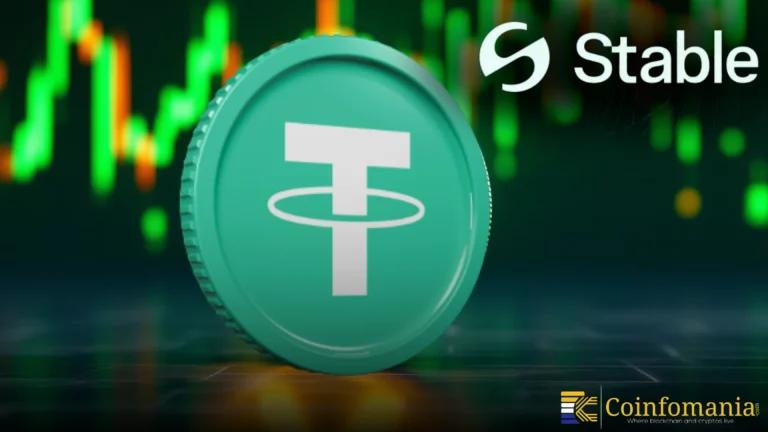Lido DAO Introduces the Ultimate Dual Governance for stETH Users
Explore how Dual Governance empowers stETH holders on Lido DAO, enabling rage quit protections and timelocks for more balanced Ethereum staking control.

Quick Take
Summary is AI generated, newsroom reviewed.
Dual Governance empowers stETH holders with exit rights through a two-tiered threshold system.
Introduces timelock-based checks, ensuring transparency and staker involvement in governance proposals.
Strengthens Lido's protocol integrity by safeguarding against contentious DAO decisions.
Lido DAO has unveiled its Dual Governance mechanism, designed to empower stETH holders with a dynamic timelock and exit strategy in response to contentious governance proposals. This system allows stakers to lock their stETH, wstETH, or withdrawal NFTs into an escrow contract. If the locked amount surpasses 1% of Lido’s Ethereum TVL, a timelock is initiated, delaying proposal execution. Should the locked amount exceed 10%, a “rage quit” is triggered, halting execution until all escrowed assets are withdrawn. This approach aims to balance DAO authority with staker autonomy, enhancing protocol resilience.
From Timelocks to Rage Quit: A Safety Net for Stakers
The Dual Governance mechanism introduces a two-tiered threshold system to safeguard stETH holders. The first threshold, set at 1% of Lido’s Ethereum TVL, activates a proportional timelock on governance proposals, providing stakers time to assess and react. If the second threshold of 10% is reached, the “rage quit” mechanism is engaged, blocking proposal execution until all escrowed stETH is converted back to ETH. This design ensures that stakers have a tangible means to oppose and exit from decisions they find disagreeable, reinforcing trust in the protocol’s governance.
Balancing Governance Power and Staker Interests
The Dual Governance mechanism introduces a vital balance between LDO token holders and stETH stakers by embedding mechanisms that allow stakers to influence protocol decisions. Through a dynamic timelock and escrow system, stakers can delay or block governance proposals once predefined thresholds are met, 1% and 10% of Lido on Ethereum TVL, respectively. This check on DAO authority not only empowers stETH holders but also encourages more inclusive decision-making. Notably, the system includes de-escalation safeguards: stakers can withdraw before a rage quit is triggered, and the DAO retains the ability to cancel proposals during the timelock.
Beyond the governance dynamics, the proposal comprehensively details its technical and operational foundation. It outlines design specifications, rationale for parameter selections, rollout strategies, and risk mitigations. The Lido DAO community is actively reviewing the framework to ensure it supports long-term protocol integrity and aligns with Ethereum staking’s evolving landscape. This collaborative review process exemplifies Lido’s dedication to transparent governance and reinforces its role as a leader in decentralized finance infrastructure.
Enhancing Protocol Resilience with stETH Exit Options
The introduction of Dual Governance marks a significant step in Lido DAO’s evolution, aiming to fortify the protocol against unilateral decisions that may not align with staker interests. Through giving structured exit options and control over governance results for stETH holders, the system plans to create a more balanced, responsive governance model. This is an example of an overall shift in decentralized finance towards empowering users and sharing power for decision-making more equitably.
What’s Next: Implementing Dual Governance Mechanism
Lido DAO community is actively proceeding with the implementation of the Dual Governance mechanism by fixing its technical structure and getting ready for large audits. The community will be closely engaged for transparency and alignment with larger staker interests. The future attempt at deployment has the goal of implementing a secure, fair, and effective model of governance. Lido aims to increase protocol resilience and create a model for decentralized, participatory governance across the growing DeFi space through the priority of staker autonomy and DAO accountability.
Follow us on Google News
Get the latest crypto insights and updates.
Related Posts

Pi Network Gains EU Readiness as 190M Unlock Meets Gaming Utility
Shweta Chakrawarty
Author

Eric Trump Predicts Huge Gold Outflow Toward Bitcoin as Investors Reposition
Vandit Grover
Author

Tether-Backed Stable L1 Unveils STABLE Tokenomics Ahead of Dec 8 Launch
Shweta Chakrawarty
Author